Kurdish artist Juwan (in Kurdish Ciwan) Hajo’s facial expressions, prominent features, and sad smile don’t reflect his Western music style. He has introduced his style to Kurdish music, eventually revolutionizing what has been usual in Kurdish art.
Ciwan means "beautiful" in Kurdish. In a journey that has spanned more than four decades of artist and music production, Hajo has bestowed beauty to everything around himself; his art, music, simplicity, modesty, and youthful spirit.
Hajo is considered a turning point in the history of Kurdish music, which was largely traditional. He later added to it the western color represented by European and American pop and rock music through combining his eastern Kurdish music with western style and introducing western instruments to it. He has distinctive marks from the rest of Kurdish artists because he has created a style with a foreign touch. He has been ahead of his time. Hajo deals his music intelligently and emotionally. Thus, he is undoubtedly regarded as pillar of the evolution of Kurdish music.
Family Escape
Hajo was born on August 17, 1957 in the town of Tirbespi, near Qamishli in Syria’s far northeast. He belongs to a wealthy family with estate and lands in the Turkish city of Mardin, adjacent to the Syrian border. His family fled to Tirbespi after the suppression of the Sheikh Said Piran revolution in 1925, also known as the revolt of Sheikh Saeed Naqshbandi. The uprising took place in southeast Turkey against Turkification policies adopted by the successive governments of Mustafa Kemal Ataturk against ethnic minorities.
Hajo has passion and love for music, something that his father opposed. His father was the owner of real estate, was hopeful that his son would focus on his education. Ciwan’s passion for music contradicted with what his father had planned for his future. At the time, music was limited to the "lower and marginalized classes.” Those classes were known to be the ones who advanced the music and despite Hajo's father opposition to his interests and love for music, the junior Hajo made bold move by declaring that pursuing music was the goal of his life. Indeed, Ciwan Hajo presented his first musical compositions when he was only 14-years old. At the age of 17, he held his first concert on a large stage and in front of a crowd.
The beginnings
In 1979, after graduating from high school, Hajo moved to Germany to study musicology at the Ruhr University in Bochum. There, he learned the origins of music academically. The lectures, concerts, and festivals held in the 1980s in Germany contributed to the development of his musical abilities later. Hajo was inspired in that period by three German musicians, especially Udo Herbst. His relationship and collaboration with Herbst continued for ten years, which influenced his music and played a key role in shaping his artistic style.
Prior to that, Hajo’s music was heavily influenced by traditional Kurdish folk music, but the king of Kurdish pop and rock merged that traditional folk music with European and American pop and rock music. Hajo was the first to create a modern musical color. His music was completely different from the mainstem Kurdish music. Hajo described his songs to the media earlier as "modern Kurdish music." It was the birth of a unique artistic style among the Kurdish people.
The Kurdish Instrument
A new stage in Hajo's artistic life began when he moved to Norway. He completed his music education there. He collaborated with many musicians with international experience, for example, Paolo Vinacia, Stein Paulhansen, Bogh Veseltov, and Benedek Hovseth, which gave his music a new addition and improved its quality.
During that important stage of global music combination with established musicians, Hajo did not dispose of his traditional Kurdish instrument "tambur", which also called "saz.” It is classified as a string instrument. Hajo did not replace it with a classical or electric guitar. He still plays it in his songs. He tries to harmonize and merge the sad eastern sound of "Tambur" with the loud sounds of western instruments. He has mastered the harnessing of his instrument and used it in many of his songs, and this is what his fans and listeners admire about his music. The "tambur” is distinguished among the western wind, percussion, and stringed instruments. Hajo’s "tambur" instrument accompanies him in all his concerts.
Banned to enter Turkey
Many famous Kurdish artists, such as the first national artist, Shivan Perwer, and Ciwan Haco, were unable to sing and enter Turkey to perform concerts. In 2004, it was a significant turning point in Ciwan Haco's artistic life when he obtained a permit to sing in Turkey. He united an audience from Kurds and Turks in the Turkish city of Batman with a Kurdish majority, where it estimated at 300,000 people in a wonderful artistic ceremony.
In the last concert of his Turkish tour at the time, he held it in Istanbul under the slogan "For love and peace," as it filled the entire hall and was attended by 25,000 people when the hall was only intended for 14,000. Many Turkish media outlets reported that it was the largest solo concert in the history of Turkish theater and music.
The fame that Haco met in Turkey resulted in several Turkish television interviews with a Kurdish artist. Thas was a strange and new move that had not previously received such interest and intensity. One of those meetings was the famous meeting on the Turkish channel CNN. It was conducted with him in the English language.
Ciwan Haco is considered a distinctive and milestone birthmark in the history of modern Kurdish art with his fans and fans of his art. At the Diyarbakir Music Festival, he performed a musical concert alongside the well-known Kurdish-Turkish artist Ibrahim Tatlis on the occasion of the 2005 Newroz celebrations. It attended by a total of one million people. The world and the Kurdish and Turkish outlets could not believe this number at that time. They wondered about the secret behind this mass?!
His collaboration with Hulya
Hajo was hosted by the famous Turkish star Hülya Afshar in her TV program after Batman concert. After that, she announced that she had recorded a singing duet in Kurdish with the expatriate Kurdish singer Ciwan Haco. According to what Turkish news agencies quoted from Hülya at the time, she made a promise to Hajo to shoot a Kurdish duo clip. Hajo asked her to abide by her promise, which resulted in the joint clip forming a duet in the country in which they live and then unified it. Hulya justified the step at the time that Hajo could not come to Turkey because of a ban imposed on him. The clip was called (Asmar) means "the brunette". It was not Hajo's usual western color and style. It was a quiet romantic song composed by a Kurdish-Turkish melody.
Hajo and Hulya had another collaboration on his last album (2012 Veger) in the duet's song, "Aman Dilo… Aman Dilo" sung by the late Kurdish artist Muhammad Sheikho. Hajo's album "Veger" came after six years of singing break. He announced that he would stop singing in his 2006 album.
Alienation, suffering, and love
Hajo left a long time ago from his hometown. He was absent for decades, and despite his coexistence with European culture and society, he never forgot his Kurdish roots on the contrary. as he says, "The events in Kurdistan cannot be forgotten, and they affect on his life directly, "This thing we see in his songs as he always proudly re-expresses his close connection with life, suffering and popular struggle in Kurdistan (the areas inhabited by the Kurds today, which are divided among four countries of Turkey, Syria, Iran, and Iraq). He sang in one of his works that more than 5,000 Kurdish villages had been destroyed, and the Kurdish language is prohibited.
Haco's songs consistently dealt with alienation in their subjects, as well as the revolution and the struggle of the peoples. That was clear in the titles of his albums. He sang one of the most famous revolutionary songs (Bella Chau), the famous Italian revolutionary song. It is one of the Italian folklores from the rhythm of resistance to the Italian socialist anarchist party of World War II. The song is sung in many languages of the world. It was known by the resistance movement that formed against Nazism.
Haco added a new color to his art, when he committed to Lona, his Icelandic wife. His songs changed and devoted them to the beautiful things in life, such as love and joy. Regarding this change, Ciwan believes that the Kurds have to change thoroughly. "We were to prepare for the battle in the past, but we have to resort to other means today. We must benefit from the culture. We have to present good films, music, and theater, and to show that we can also talk about love and sex, and not just about politics.", he said.
Dilber, the Sister, and the Unknown Soldier
The question arises in front of this huge amount of stardom, production and creativity; where did the lyrics of Ciwan Hajo's songs come from? If the melodies were mostly Western, Hajo sang the lyrics of many famous Kurdish writers, poets, and novelists, including Cegerxwin and Qadri Can. He also sang to the contemporary Kurdish novelist and writer; Muhammad Uzun who lived in exile in Sweden from 1977 to 2005, including a song that also carried the title of his album (Destana Egîdekî) in 1998.
However, Dilber, Hajo’s sister, made a milestone in his music career. She is older than him. She wrote his most famous songs like the song (Gul Gula min, Yara derew, etc.). She wrote over 50 songs for him throughout the years.
Ciwan Hajo has three children. All of them live in Sweden. He enjoys a stable family and married life. He is fluent in several languages, including Kurdish, Arabic, German, English, Swedish and Icelandic. His first album was in 1970 entitled (Amina Amina).
Translated by Anya Dari

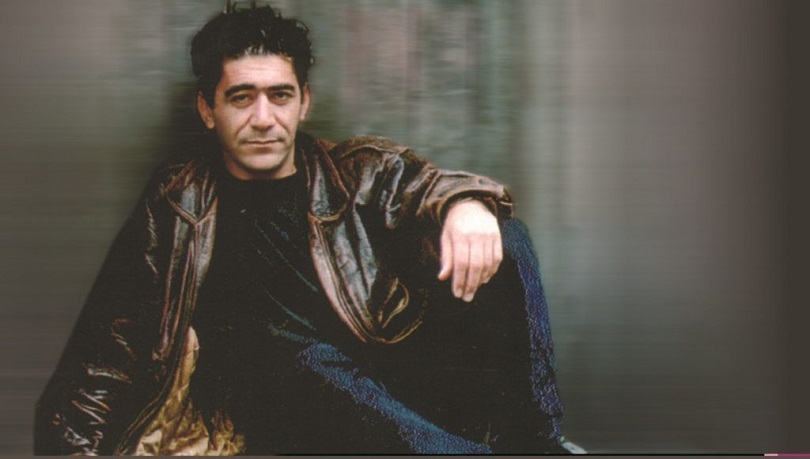


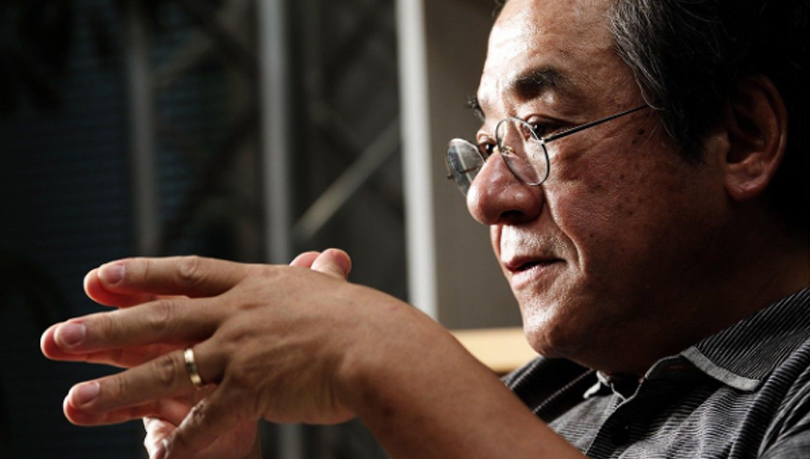

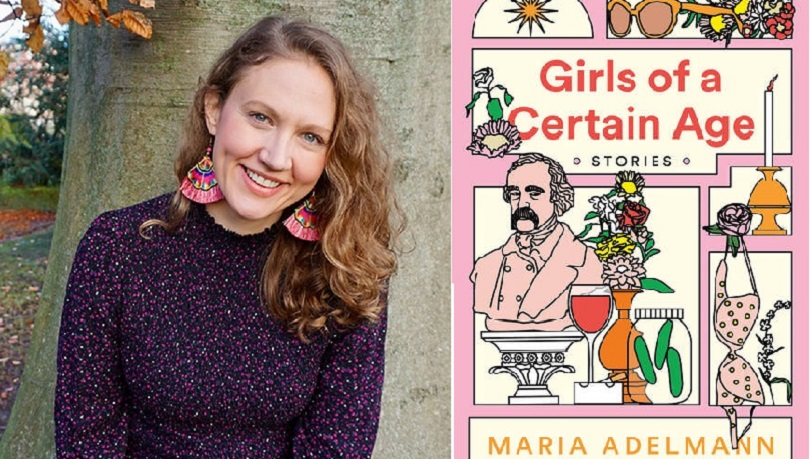


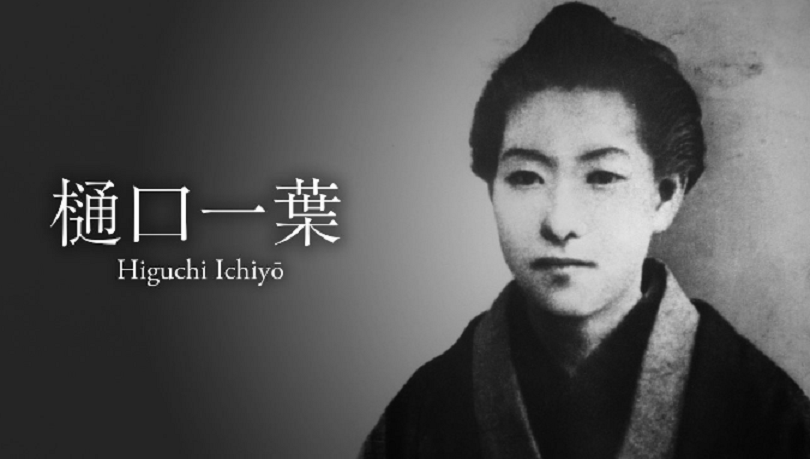
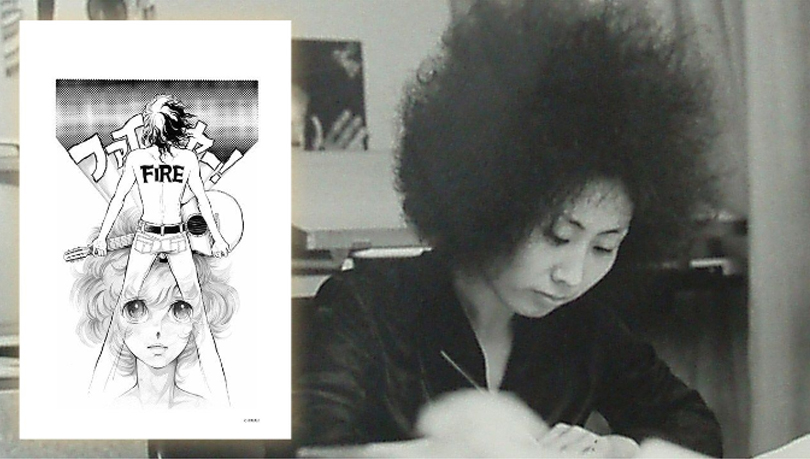


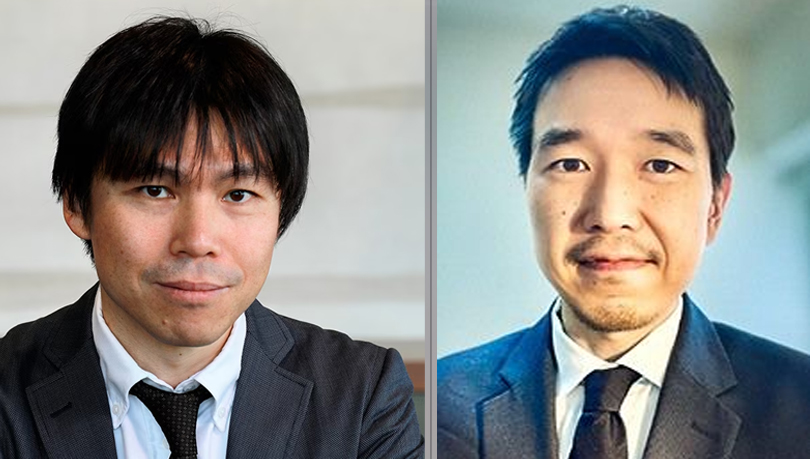
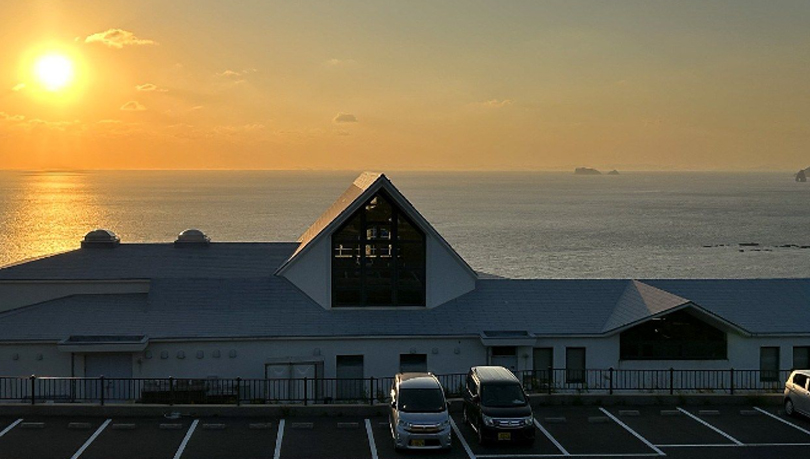
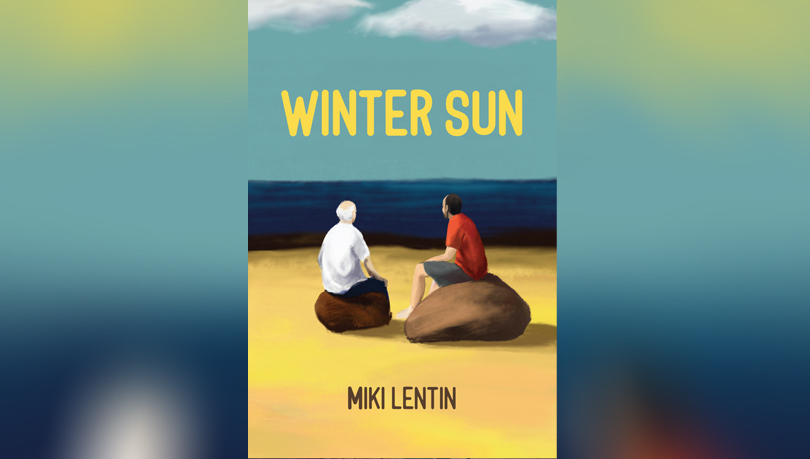
0 Comments